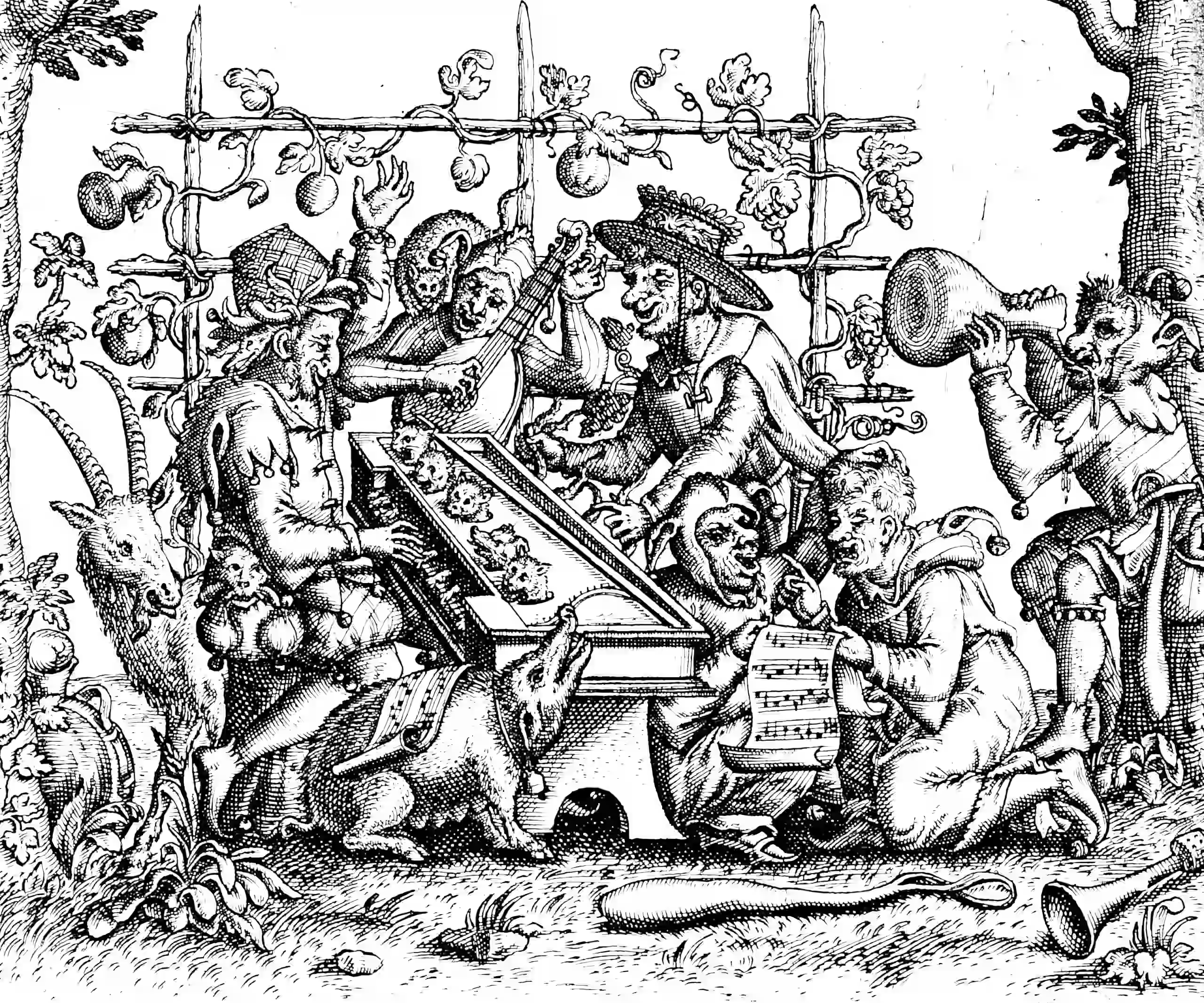Extraversion
Also, extroversion
January 26, 2022 — December 22, 2023
A term coined by Jung (Jung 1923). Depue and Fu (2013) mentions its durability as a psychometric concept into the modern era:
Extraversion represents a higher-order personality trait that has been identified in virtually all classificatory systems of the structure of personality, including Eysenck and Gray’s models (Gray 1994), the Five-Factor model (Costa Jr. and McCrae 2000), Tellegen’s Multidimensional Personality Questionnaire (MPQ) model (Tellegen and Waller 2008), and Zuckerman’s Alternative Five-Factor model (Zuckerman 2002). The phenomenology of extraversion is described similarly in all of these models, and is characterized by adjectives that connote a state of positive affect and strong motivation of desire and wanting, as well as by feelings of being excited, enthusiastic, active, peppy, strong, confident, and optimistic (Watson and Tellegen 1985; Berridge 2004).
Why am I interested in extraversion? Because it is 50-70% of my whole personality, depending on which definition of extraversion you take.
That same Depue and Fu (2013) summarises a relatively low-level characterisation of extraversion (I do not have time to link in all the citations right now):
In humans, incentive motivation is associated with both positive emotional feelings such as elation and euphoria, and motivational feelings of desire, wanting, craving, potency, and self-efficacy (Depue and Collins, 1999). This is in contrast to positive feelings that accompany reward consummation, which is associated with feelings of gratification, quiescence, liking, and calm pleasure (Depue and Morrone-Strupinsky, 2005; Smillie et al., 2012). DA activity is related to the former, but not the latter, subjective emotions. Thus, neuroimaging studies have found that, during acute cocaine or amphetamine administration, the intensity of a participant’s subjective euphoria increased in a dose-dependent manner in proportion to DA-agonist binding to the DA uptake transporter (and hence DA levels) in the ventral striatum (Volkow et al., 1997). Moreover, DA-induced activity in the NAc was linked equally strongly (if not more strongly) to motivational feelings of desire, wanting, and craving, as to the emotional experience of euphoria (Breiter et al., 1997). And the degree of activation by positive or rewarding stimuli or agonist-induced DA release in healthy human ventral striatum and other regions of reward circuitry (e.g., amygdala, medial orbitofrontal cortex, and anterior cingulate cortex) assessed by Fmri and PET were correlated strongly with (i) feelings of euphoria, (ii) extraversion and similar traits of novelty seeking and affective impulsivity, (iii) DA-relevant gene polymorphisms, and (iv) pharmacological indicators of DA functioning (Depue et al., 1994; Depue, 1995; Berke and Hyman, 2000; Drevets, 2001; Canli et al., 2002; Kumari et al., 2004; Knutson and Cooper, 2005; Mobbs et al., 2005; Reuter and Hennig, 2005; Reuter et al., 2006; Deckersbach et al., 2006; D’Ardenne et al., 2008; Zald et al., 2008; Smillie et al., 2009; Bromberg-Martin et al., 2010; Buckholtz et al., 2010; Haber and Knutson, 2010; Baik et al., 2012). Hence, taken together, the animal and human evidence supports the notion that the VTA DA-NAc pathway is a primary neural circuit for incentive reward (Bromberg-Martin et al., 2010; Haber and Knutson, 2010; Sesack and Grace, 2010), and that extraversion is related to activity in that pathway (Wacker et al., 2006, 2012, 2013).
